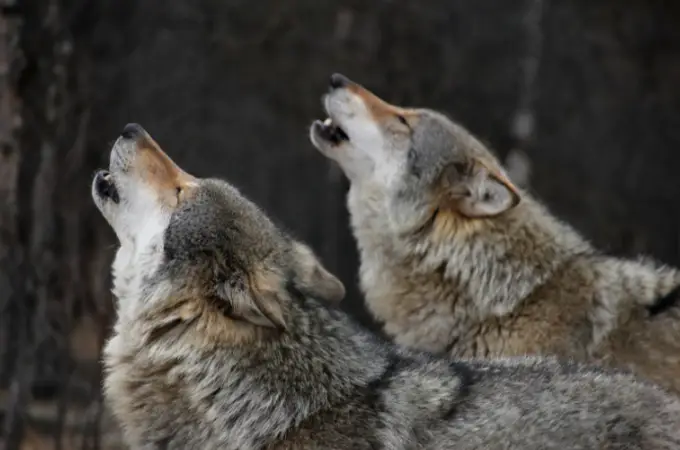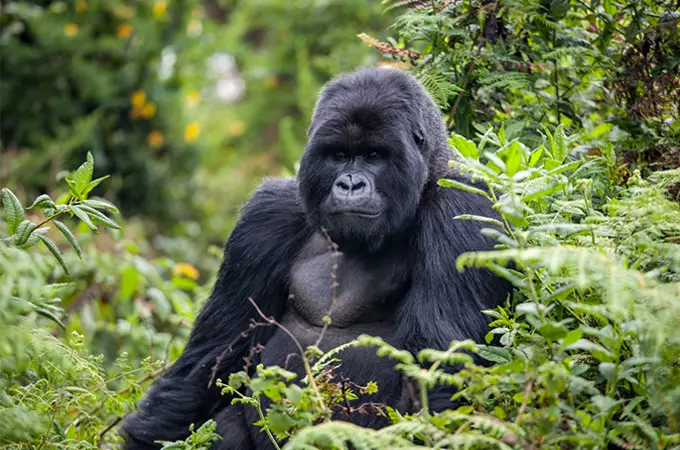Animal Emotions: Psychic Connections and Science
Exploring Animal Emotions Through a Psychic Lens
In her book What the Animals Tell Me, Sonya Fitzpatrick shares fascinating accounts of psychic communication with animals. Her stories reveal a world where animals exhibit remarkable intelligence and emotional depth, akin to humans in animal forms.
According to Fitzpatrick, animals can recall distant memories, express complex emotions, and even reflect on their inner experiences during psychic sessions.
These anecdotes align with the narratives shared by other pet psychics, who claim that animals possess self-awareness and the capacity to think and feel much like humans do.
Behavioral Clues: Do Animals Really Feel Emotions?
For many pet owners, animal emotions seem evident. A dog may whimper as its owner departs, or a cat may display signs of jealousy toward another pet. While such behaviors appear to signal emotions, the scientific community has not reached a consensus on whether they constitute genuine emotional experiences. The challenge lies in defining emotions—a concept that even philosophers, psychiatrists, and medical professionals sometimes struggle to pin down in humans. Since animals cannot articulate their feelings verbally, studying their emotional lives is even more complex.
The Role of Biology: Instincts or Genuine Feelings?
Biological factors add another layer of ambiguity. Hormones and neurotransmitters often influence behavior, potentially mimicking emotional responses. For instance, oxytocin—a hormone associated with bonding—drives maternal instincts in mammals. A mother dog’s attentive care for her puppies might seem like love, yet she may lack the capacity to interpret her nurturing behavior as an emotional experience. This uncertainty makes many scientists cautious about equating observable behaviors with proof of emotional awareness.
Scientific Evidence: Exploring the Emotional Brain
Despite these challenges, emerging research indicates that animals do feel emotions such as joy, anger, and grief. They also experience pain and stress. Neuroscientist Jaak Panksepp’s groundbreaking studies suggest that mammals share basic emotional systems rooted in the brain’s primitive structures. In his book Affective Neuroscience: The Foundations of Human and Animal Emotions, Panksepp describes how the periaqueductal gray (PAG)—a region of the brainstem—produces core emotional responses in mammals. These include:
- Fear
- Rage
- Lust
- Separation distress
- The drive to play
Panksepp also hypothesizes that the PAG drives nurturing behaviors and caregiving instincts, emphasizing a shared emotional foundation between humans and other mammals (Panksepp, 1998). Additional research published in Psychology Today supports these findings, highlighting animals’ capacity to experience emotions and respond to stress in ways similar to humans (Bekoff, 2012).
Reframing Our Connection to Animals
Whether through psychic insights or scientific exploration, the growing understanding of animal emotions challenges us to reconsider our relationships with the creatures who share our world.
References:
1 Fitzpatrick, S. (2003). What the Animals Tell Me. Berkley.
2 Panksepp, J. (1998). Affective Neuroscience: The Foundations of Human and Animal Emotions. Oxford University Press.
3 “Do animals have emotions?” Psychology Today, Bekoff, M., Retrieved 12 January 2025 <https://www.psychologytoday.com/us/blog/animal-emotions/200906/animal-emotions-and-beastly-passions-were-not-the-only-emotional-beings>.







